In honour of International Women’s day here at Machines Room I wanted to take a moment to celebrate some of the most influential women working in design, both now and in the past.
Too often women’s contribution to the field of design is overlooked. Even in today’s climate, a survey by the Design museum last year found women only ‘make up just 22 per cent of the design workforce, even though seven out of 10 students taking design at A level are women’.
I thought it would be a perfect opportunity to highlight the female designers that inspire me in the hope to spread the work of these amazing designers so they can inspire others. During my education in design I never had exposure to any female designers, they are so underrepresented within design education, and if we ever hope to encourage more women into the industry this needs to change. The list includes some of the ‘hidden’ women of Bauhaus and the 20th century and some contemporary designers changing the design landscape of today.
Margeret Calvert
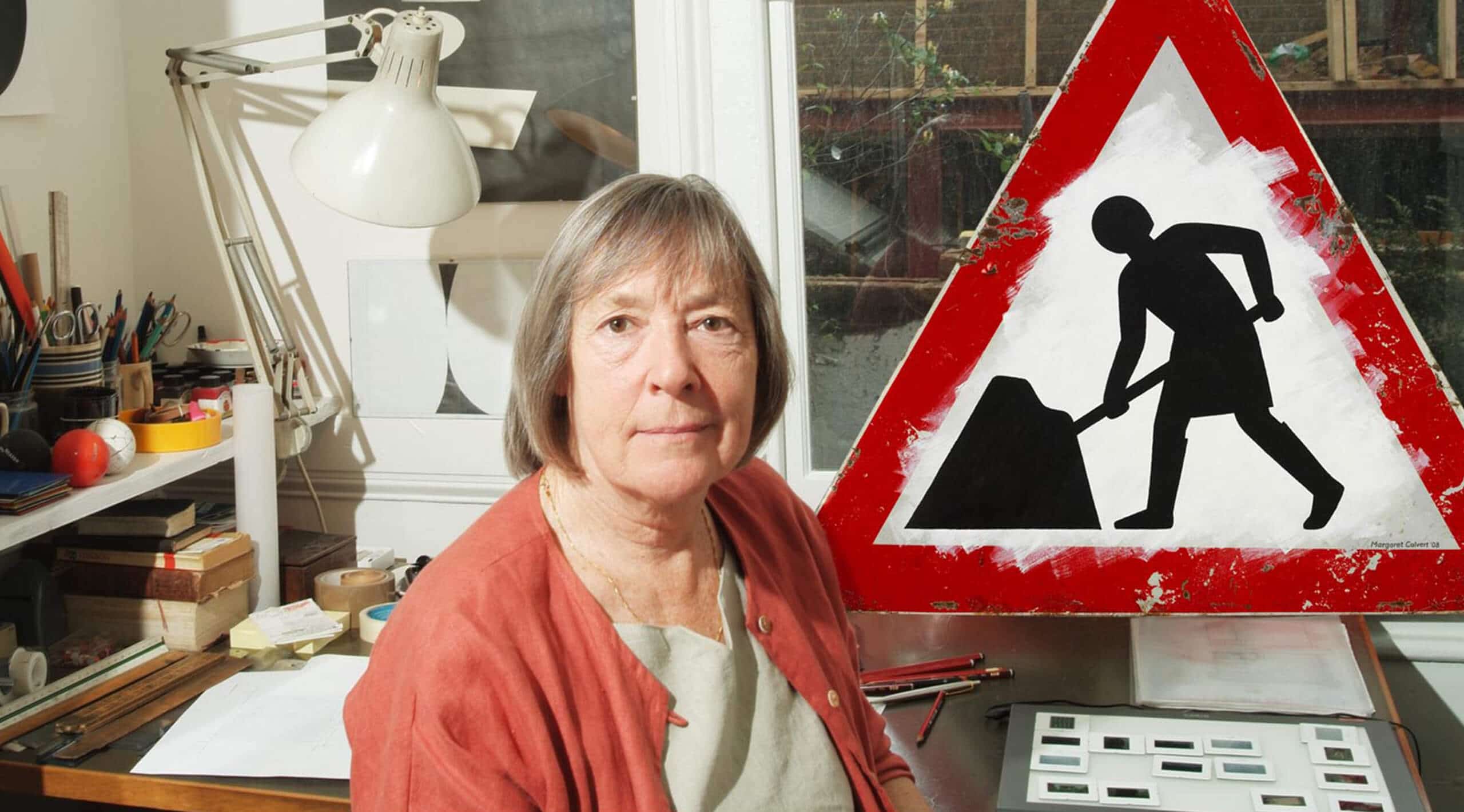
Almost everyone in the UK knows Margeret’s work even though they may not know her name. Alongside with colleague Jock Kinneir, she has designed many of the road signs that we are so familiar with. She started this work in 1957 yet recognition for her contribution to design only started to happen in 2015 after an appearance on Top Gear with a D&D President’s award and an OBE. You can still download some of the typefaces that she designed today, my favourite, of course, being the one she designed for the British railway system in 1965, a beautifully simple and clear sans serif, that was also once used for the NHS. Her others include the Road sign typeface we are so familiar with, the Tyne and Wear metro font and the seperate Motorway type that is used to show junction names.
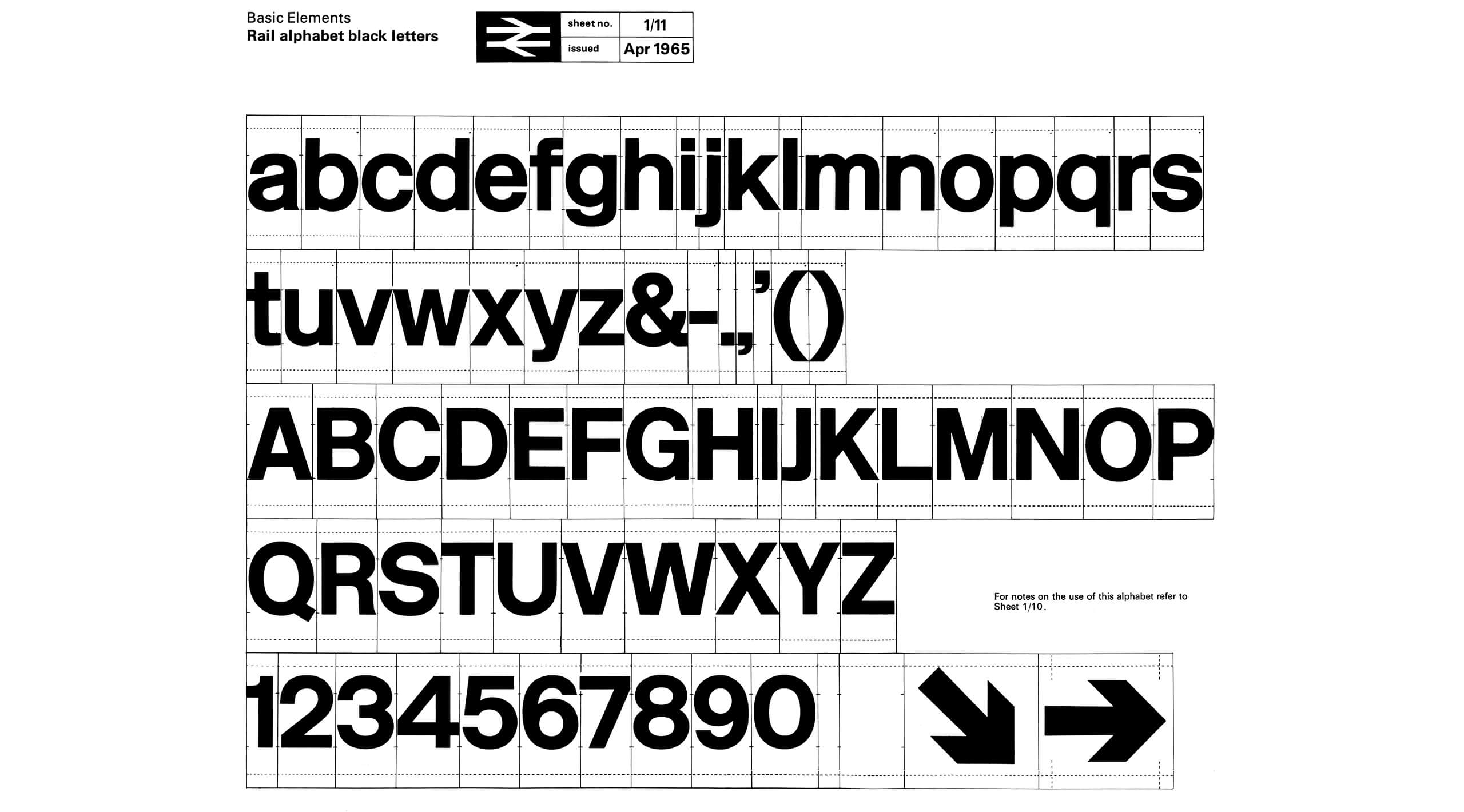
Charlotte Perriand

Charlotte’s work is perhaps most recognised from gracing the interiors of Le Corbusier’s modernist structures. Initially when she applied to work in Le Corbusier’s studio in 1927 she was famously rejected with the phrase “”We don’t embroider cushions here.”
A month later after he visited her exhibition, impressed by her ‘Nuage Bookshelf’ (pictured) he offered her a very sought after job in the male dominated furniture design. She designed the iconic B301 reclining chair, the B306 chaise longue and the LC2 Grand Confort armchair for him. She went on to furnish some of Corbusier’s most famous buildings such as the Unité d’habitation as well as designing her own structures, from the league of nations in Geneva to entire ski resorts like Les Arcs later in her career.
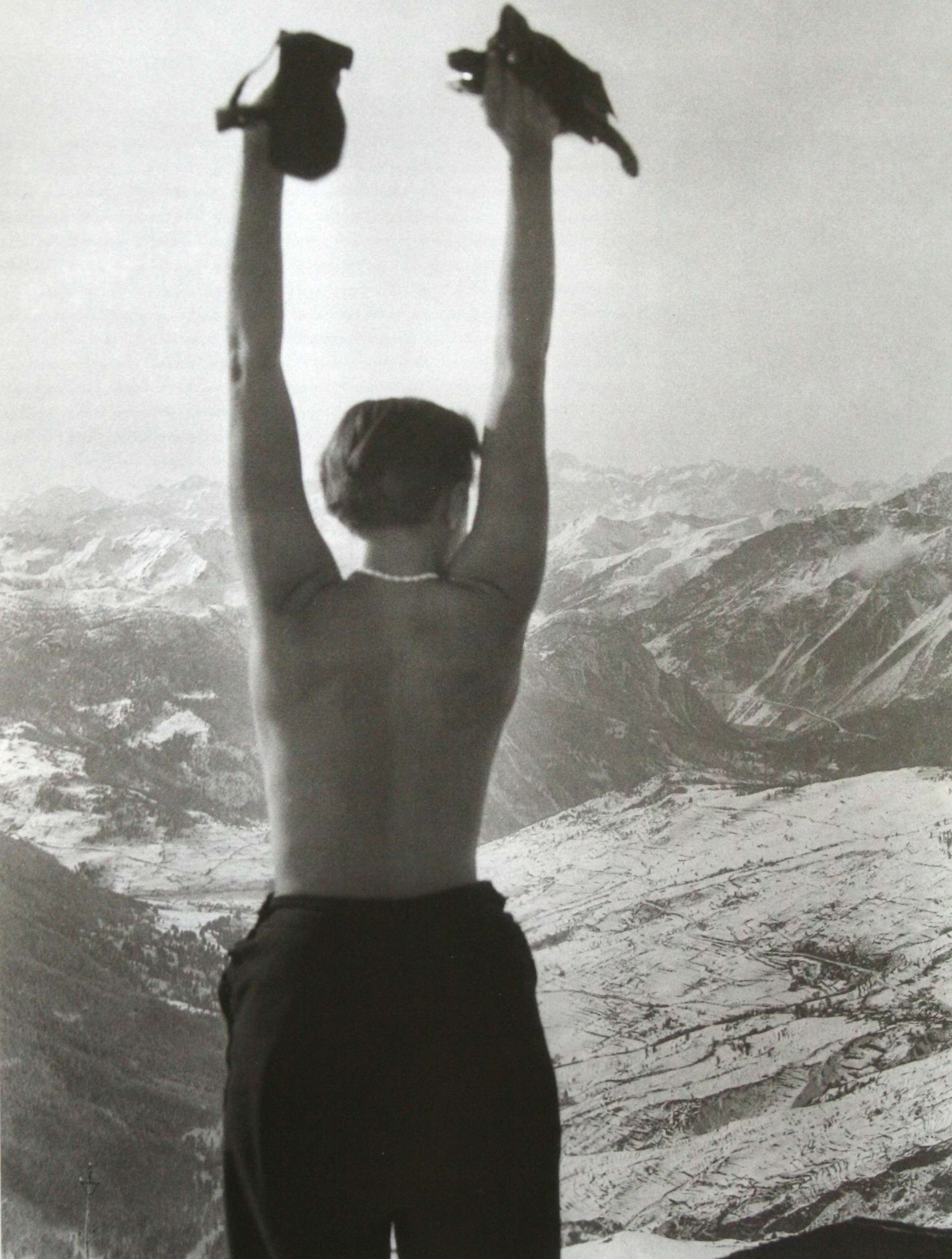
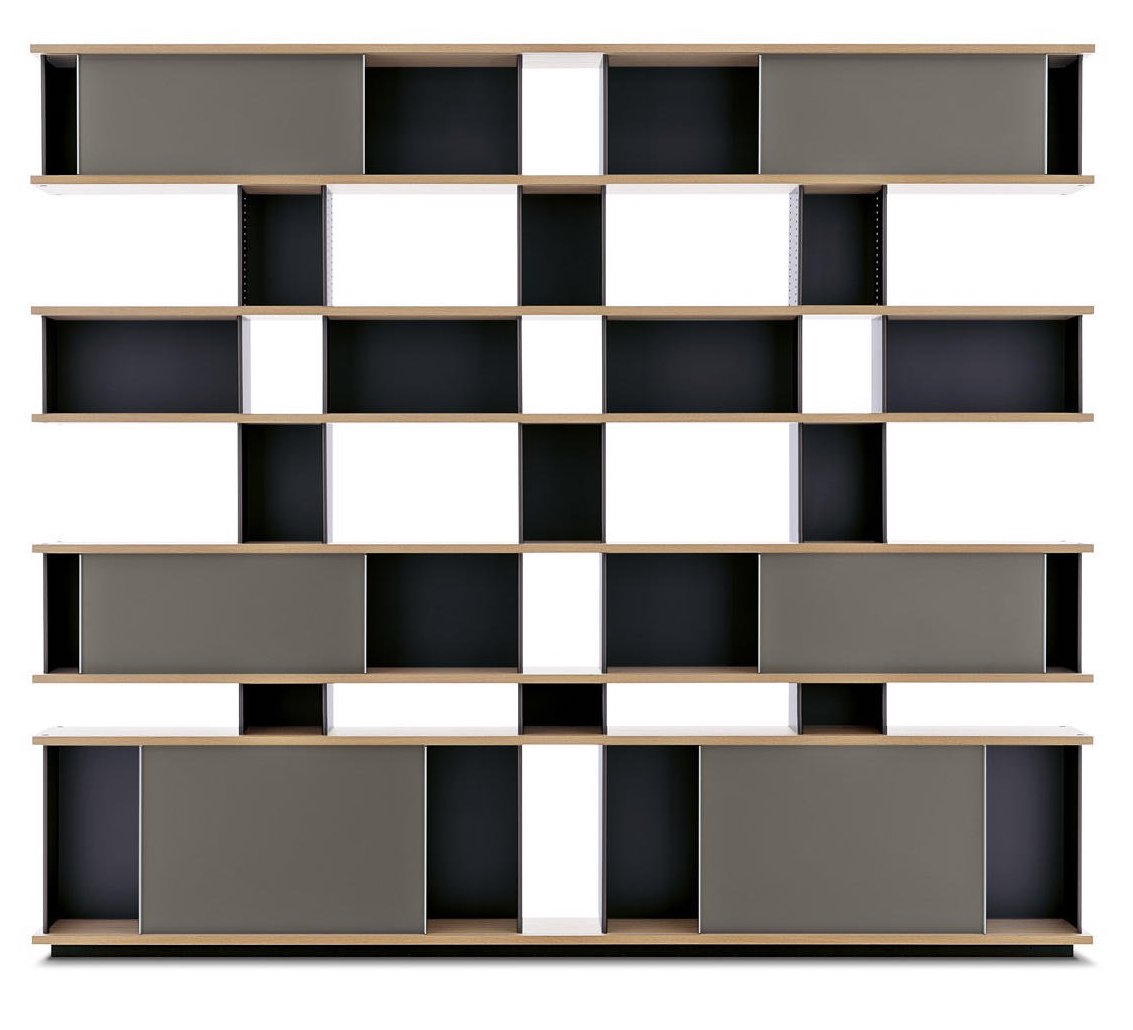
Eileen Gray
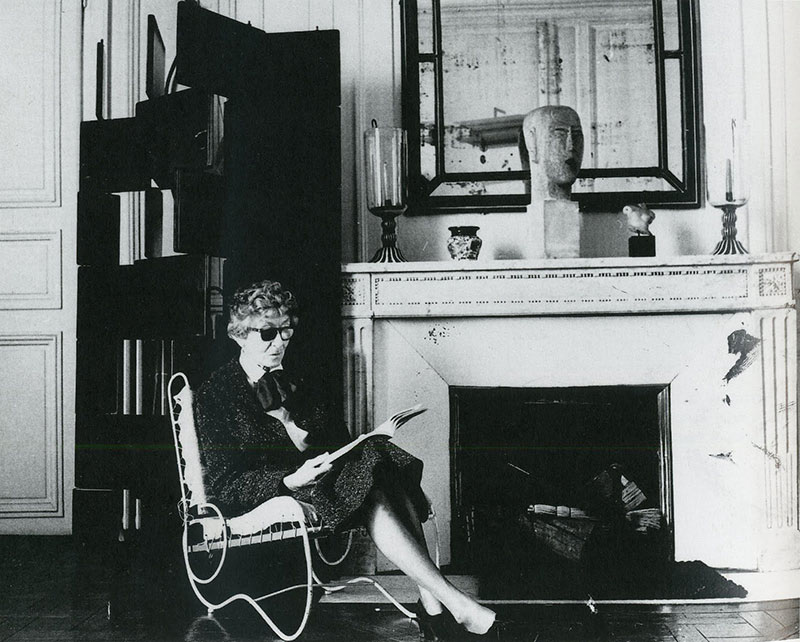
Eileen cannot be categorised, starting off as an artist at the Slade school of art she went on to train in the Japanese art of lacquered screens influencing her style, before delving into furniture, lighting, textiles and architecture. Whatever form her work took it always echoed a clean modernist aesthetic with a love of luxurious material and decorative finishes.
Similarly to Perriand she worked and exhibited alongside those who we perceive as the historic leaders if the modernist movement like Marcel Breuer and Le Corbusier. Her perhaps most famous tubular steel furniture was exhibited well before Corbusier adopted the style himself.
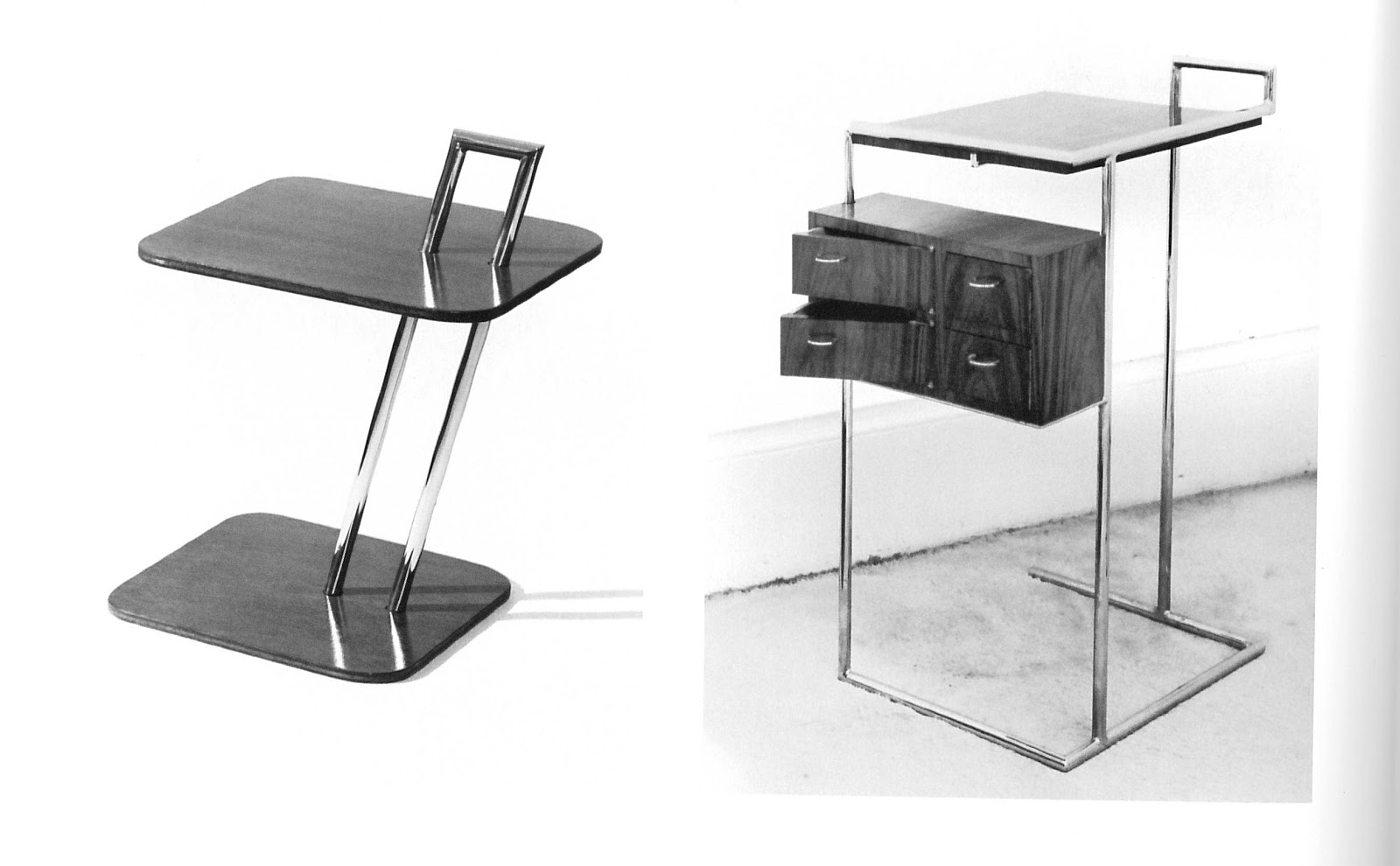

Ray Eames

It wouldn’t be a list of influential women designers without Ray Eames, of course. Her design practice alongside husband Charles has granted her visibility in a way that many of these other designers of her time didn’t experience. Her work with him ranged from designs for furniture, houses, monuments, exhibitions, experimental films – and even toys.
Perhaps more important then the designs themselves are her and Charles’ contribution to the development of new materials and processes that have transformed design. The most iconic being their steam bent ply technique, now seen in chairs everywhere. It was initially developed for leg splints during WWII. The image below shows a sculpture Ray made to accompany the splint, this perfectly symbolises their commitment to beauty in the everyday.
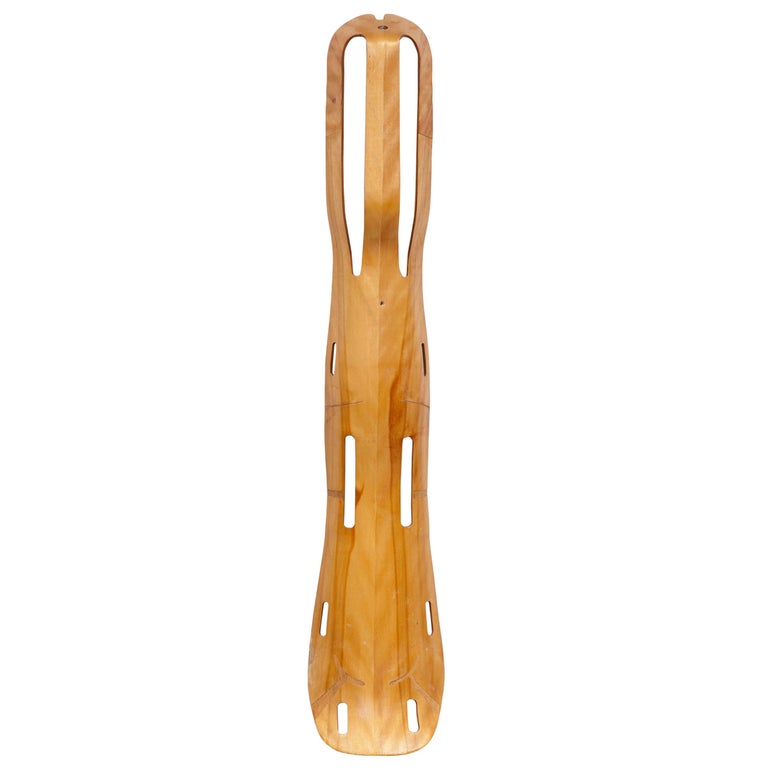
.jpg)
Seetal Solanki

Seetal represents a new kind of designer, one keenly needed for our changing industry. Author of ‘Why Materials Matter’ Seetal’s practice as a designer is completely focused on the materials that make up our world and the materials that can change our future. If our rate of consumption continues we must find alternatives to the materials we use from day to day. But her material research is more than just finding alternatives to useful consumer products, it’s about completely new materials that may not have a clear use but aesthetically inspire new possibilities for the design process. Just as Eames did with the plywood splint, Seetal has the possibility to change the materials and processes we use, shifting the landscape of design. She runs Ma-tt-er a material research studio who’s consultancy work help brands and products re-think their material applications and processes in a more sustainable way.
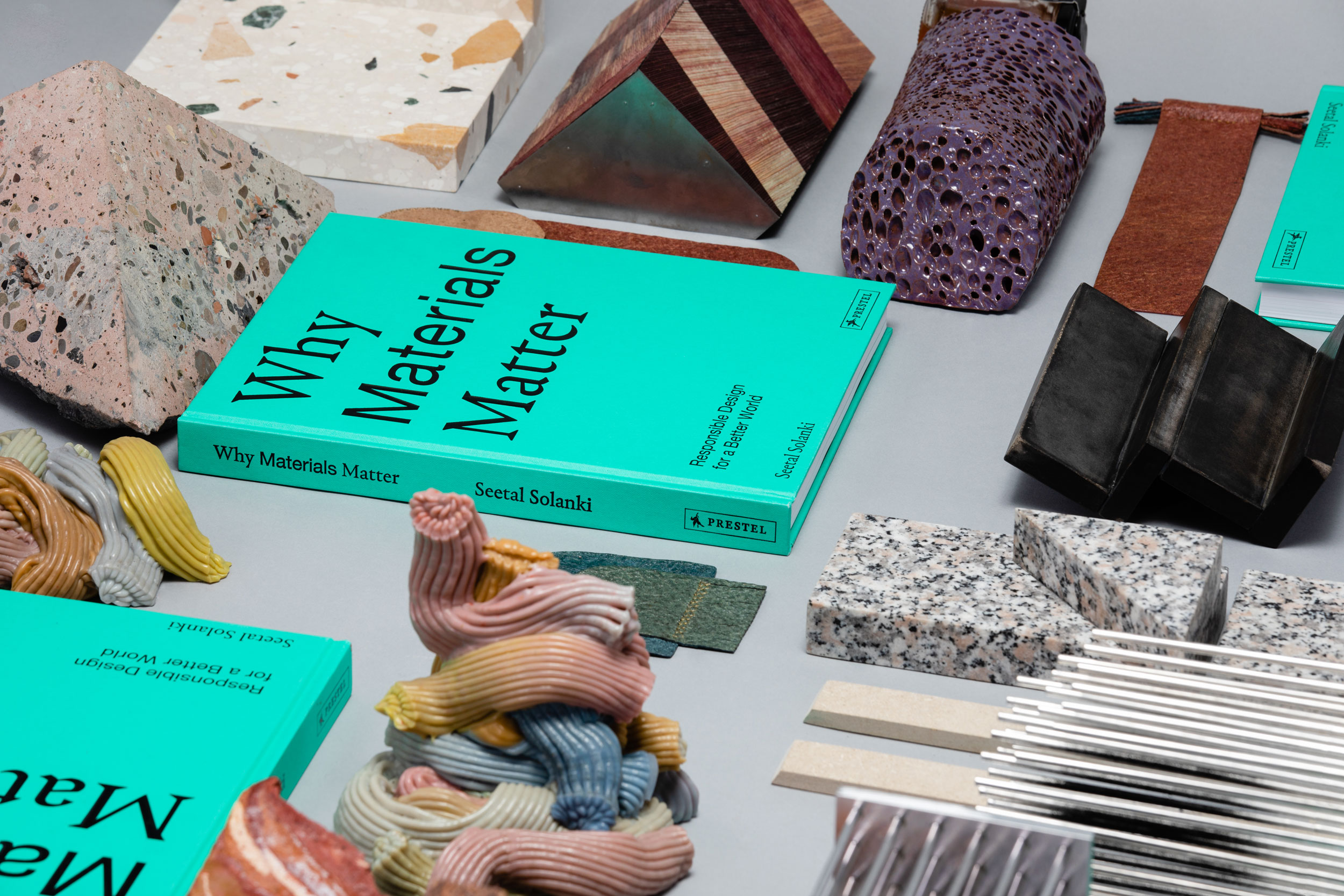
Nelly Ben Hayoun

French designer of experiences, Nelly Ben Hayoun’s influence stretches globally. Recently announced as Advisor to the United Nations she also serves on the Advisory Council of METI (Messaging Extraterrestrial Intelligence), is head of experiences at WeTransfer, is a member of the International Astronautical Federation, Space Outreach and Education committee. She’s also the director of The University of the Underground, a tuition-free postgraduate university as well as lecturing at companies and universities across the world.
Her work defies characteristic even in today’s post disciplinary landscape. She started by collaborating with scientists and engineers to devise events and experiences, yet this collaborative approach has now extended to brands, philosophers, musicians and politicians. Representing the future role of design in shaping how we experience the world. Her secret? Revelling in speculation, her 2015 film Disaster Playground is based on an investigation of emergency procedures for disasters such as earth-bound rogue asteroids. Described by one reviewer as “Dr. Strangelove meets This Is Spinal Tap.”.

OOMK

OOMK otherwise known as ‘One of My Kind’ is actually a collective of three inspiring women, Rose Nordin, Sofia Niazi and Heiba Lamara. They make, publish and distribute books and printed works. They say their zine focuses on ‘the imaginations, creativity and spirituality of women’ giving amazing up and coming women the exposure they deserve whilst also exploring the female experience around a variety of themes from ‘topics of faith, activism and identity’.
On top of this, they run one of the UK’s largest annual independent publishing fairs, founded and run a community Risograph printing press in East London and regularly work with galleries, museums, educational institutions and self-organised groups to deliver workshops and produce collaborative publications. The visual style is distinctive and imaginative and is what drew me to their work at zine fairs years ago, but it’s their commitment to changing the design industry by supporting and giving a platform to other female creatives that made me a long term fan.
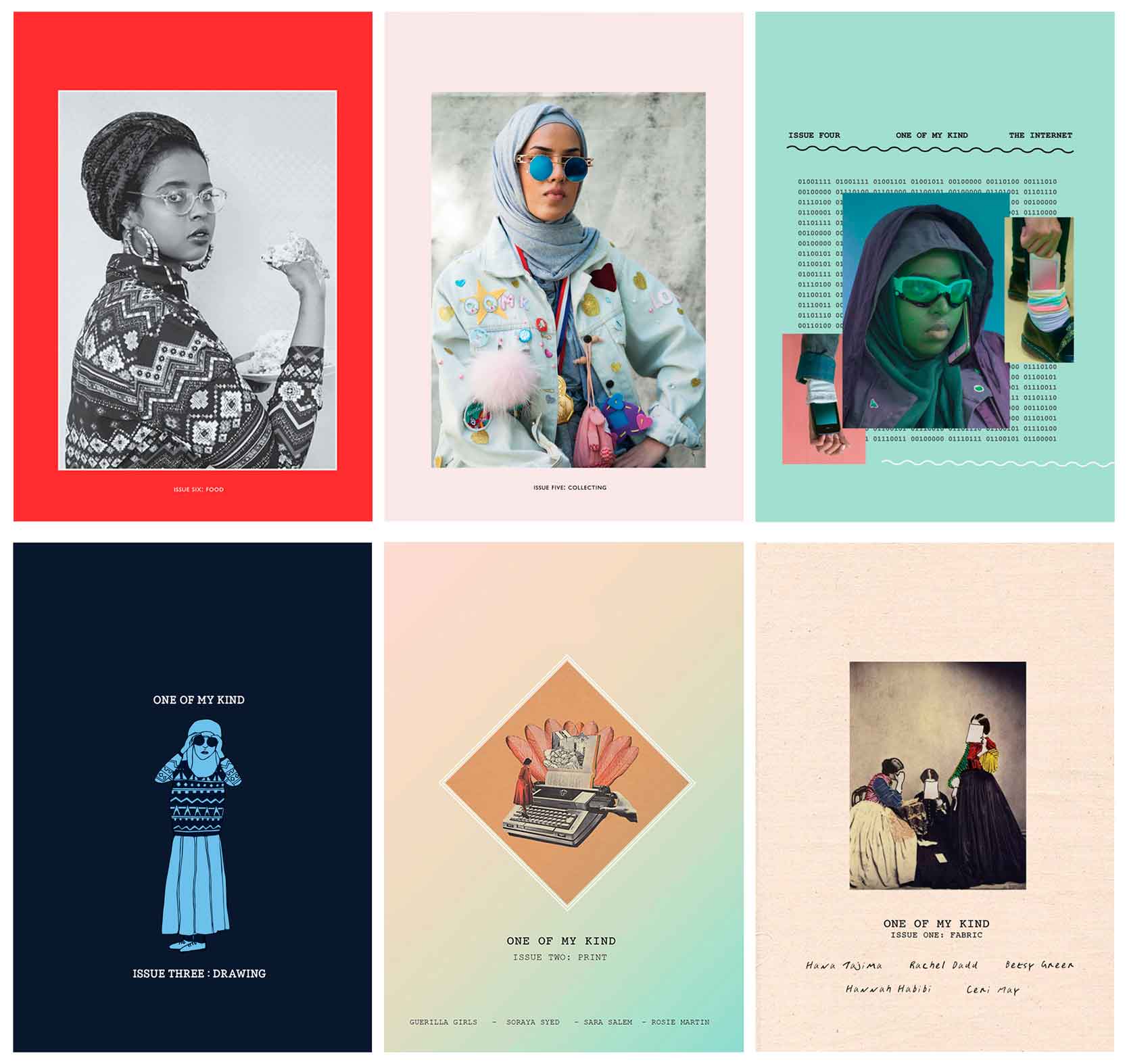
Kathrin Böhm

Kathrin Bohm describes herself as an artist yet her commitment to shaping the Natural and Public realm for all people echoes the role of a designer. Kathrin is a founding member of the international artist group Myvillages, the artist initiative Keep it Complex – Make it Clear, art and architecture collective Public Works, and the Centre for Plausible Economies.
Her work with Public Works s address the question of how the public realm is shaped by its various users and how existing dynamics can inform further proposals. Their outputs are not limited to buildings or art objects. They include discursive events, research, campaigns, urban strategies, participatory art and architecture across all scales.
Kathrin is also an author of many publications for public works, her most recent publication contribution in ‘The Rural’ ‘investigates the complex relationship between the urban, the rural, and contemporary cultural production.’ A designer representing the future of design strategy for engaging with rural communities and the natural world.
